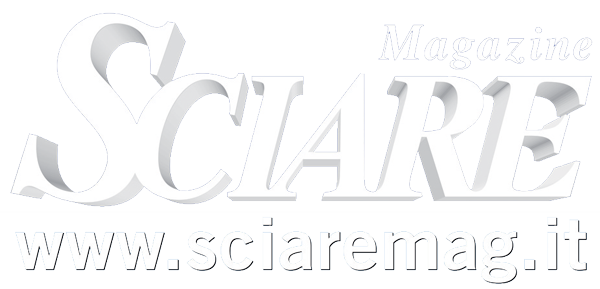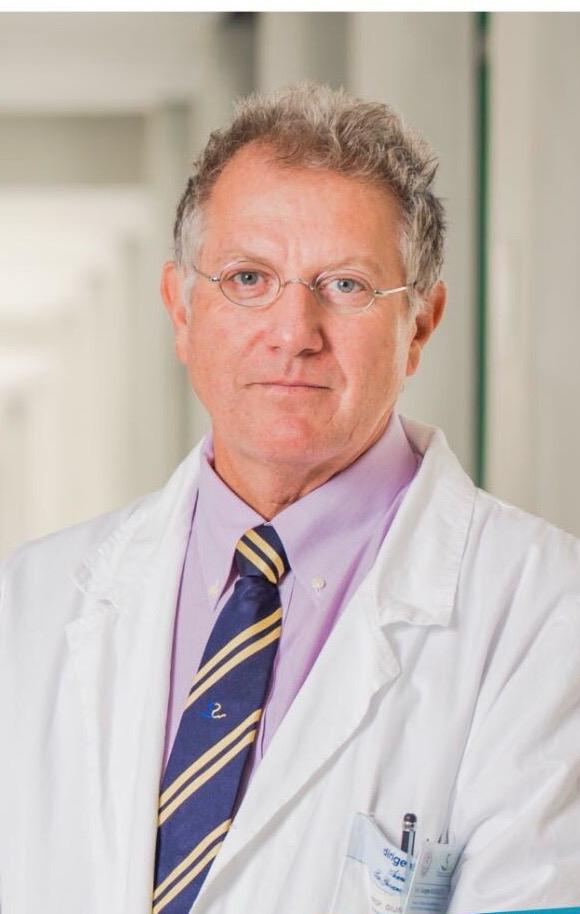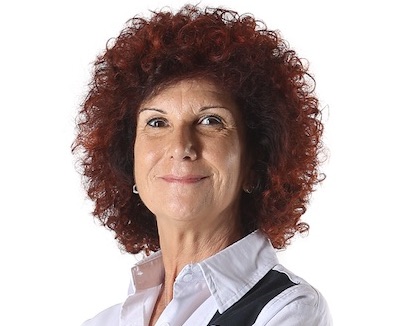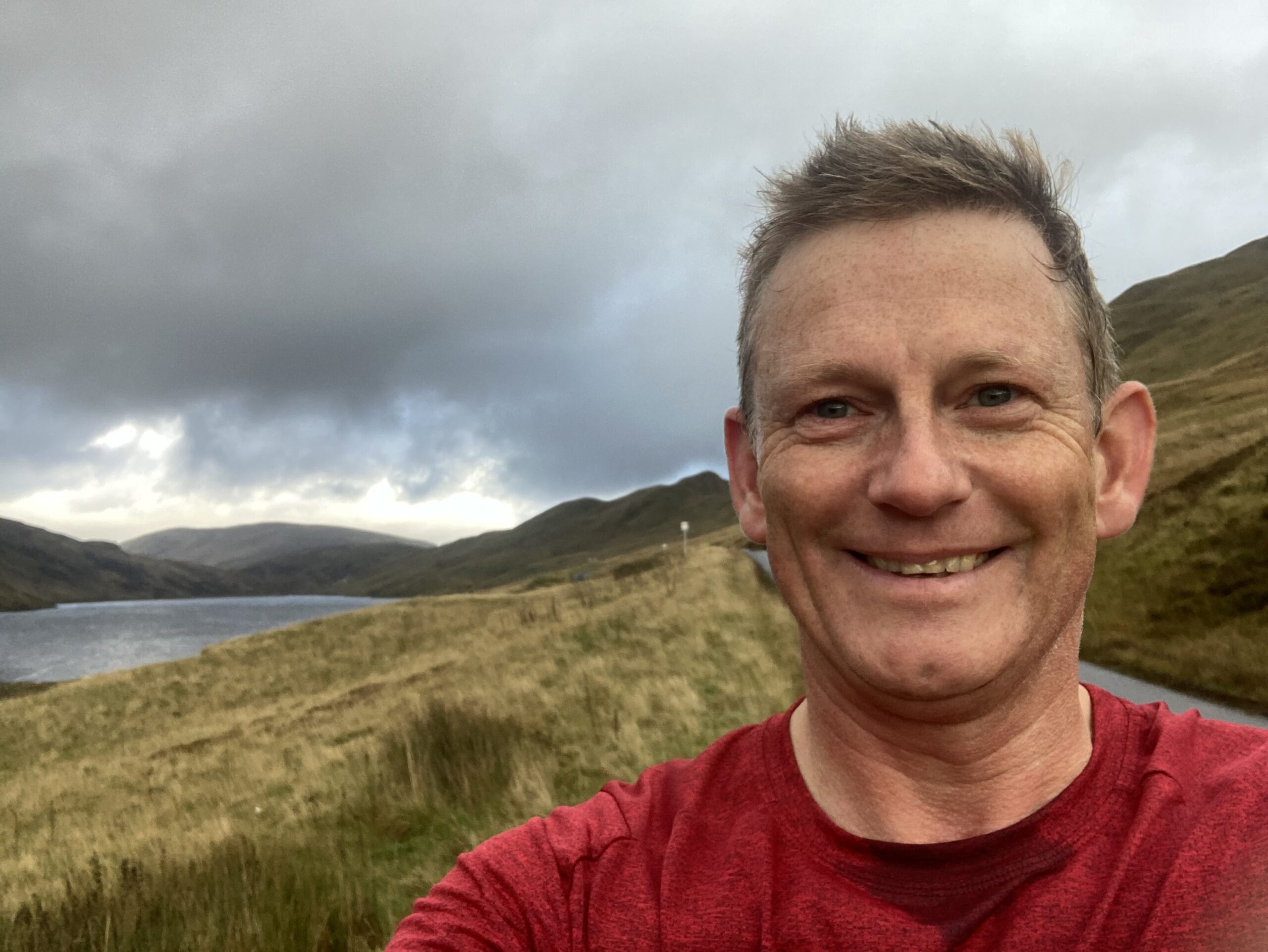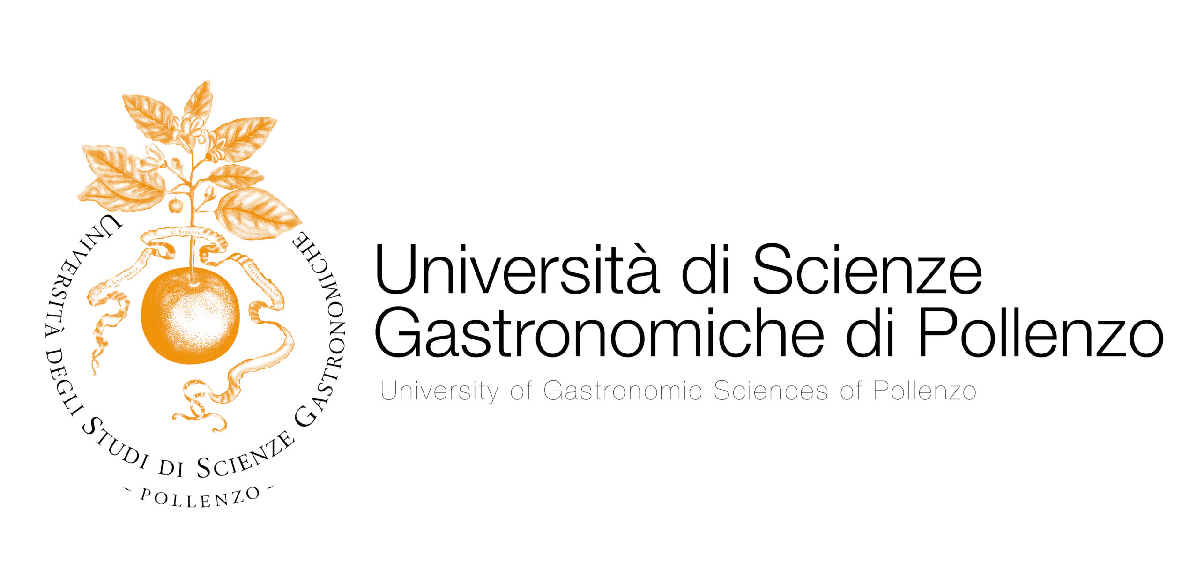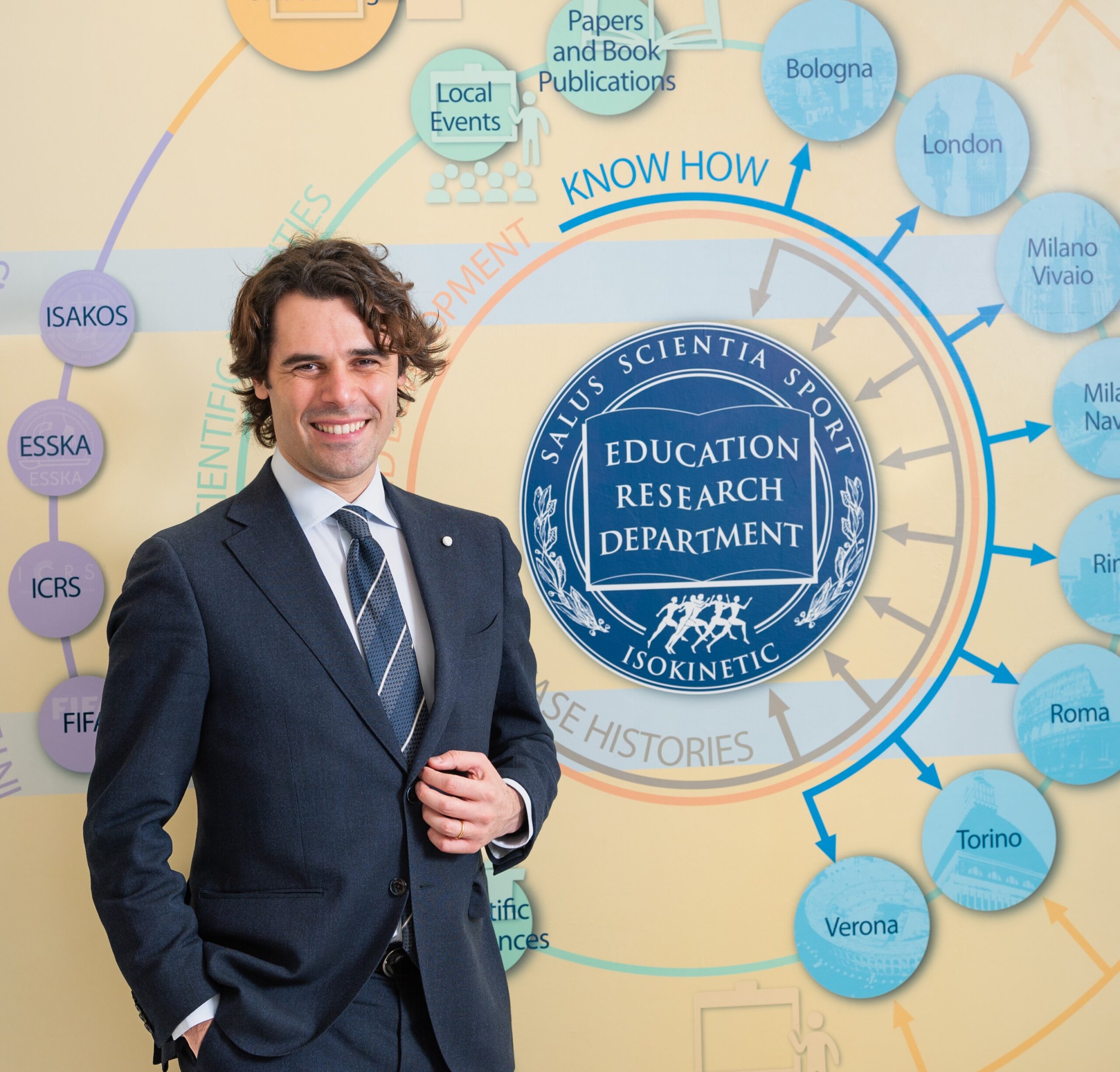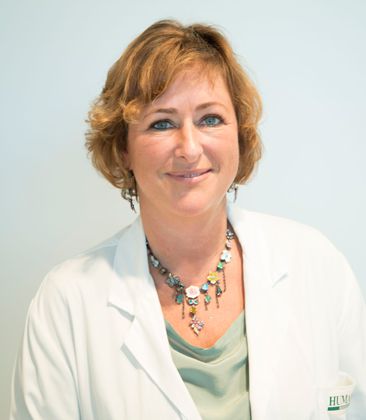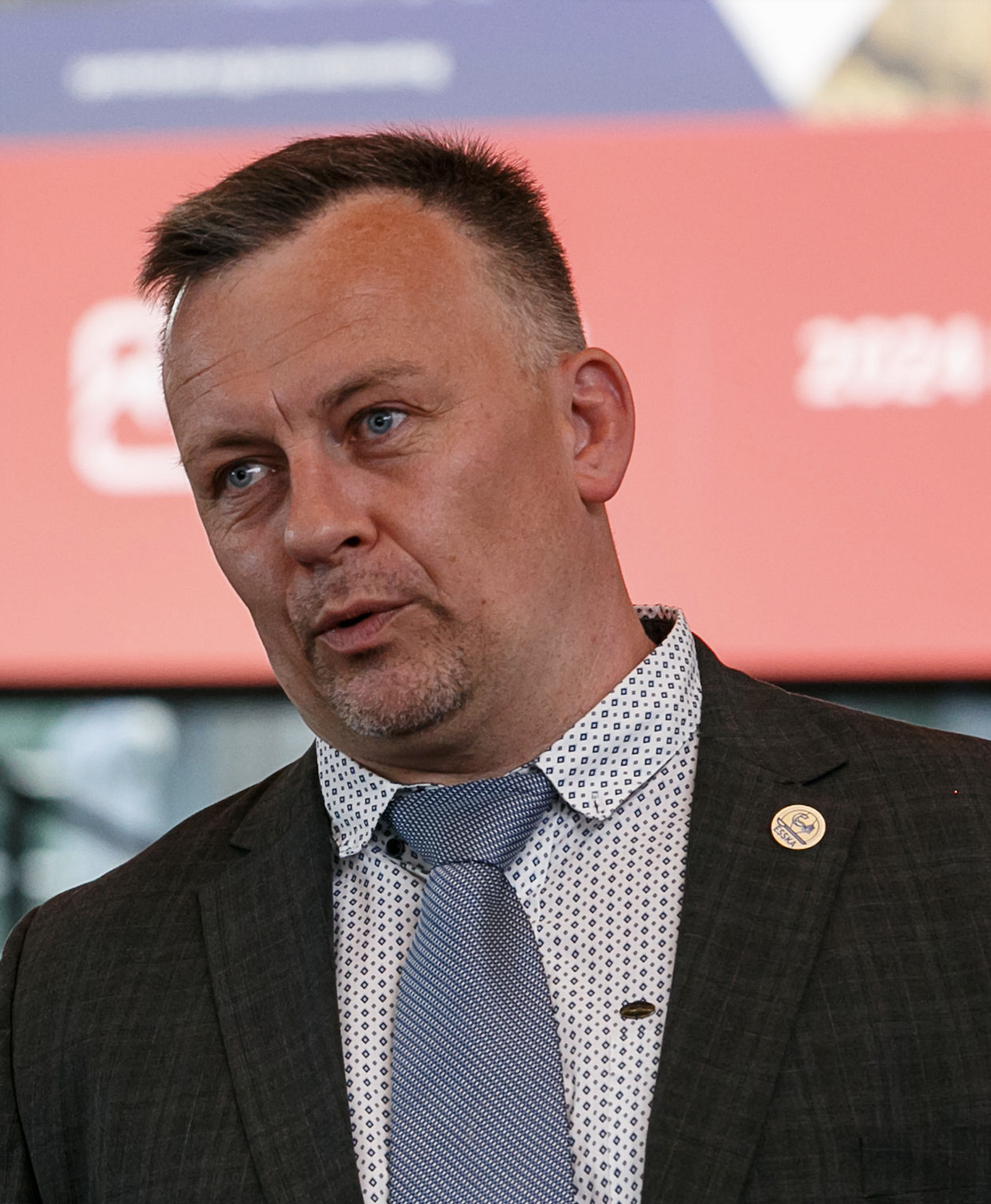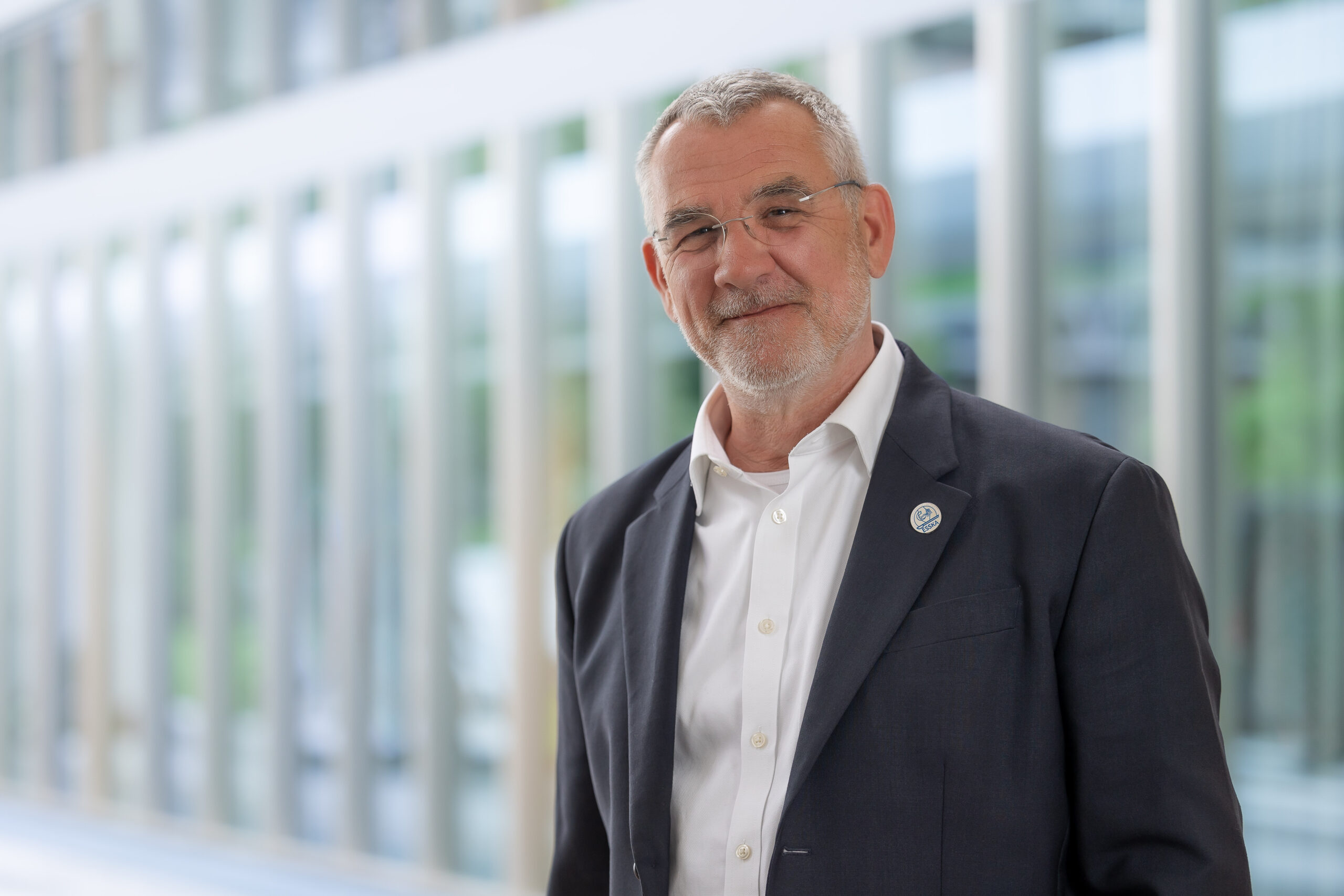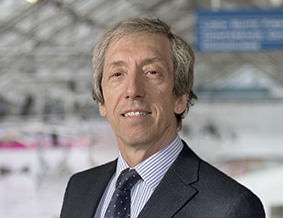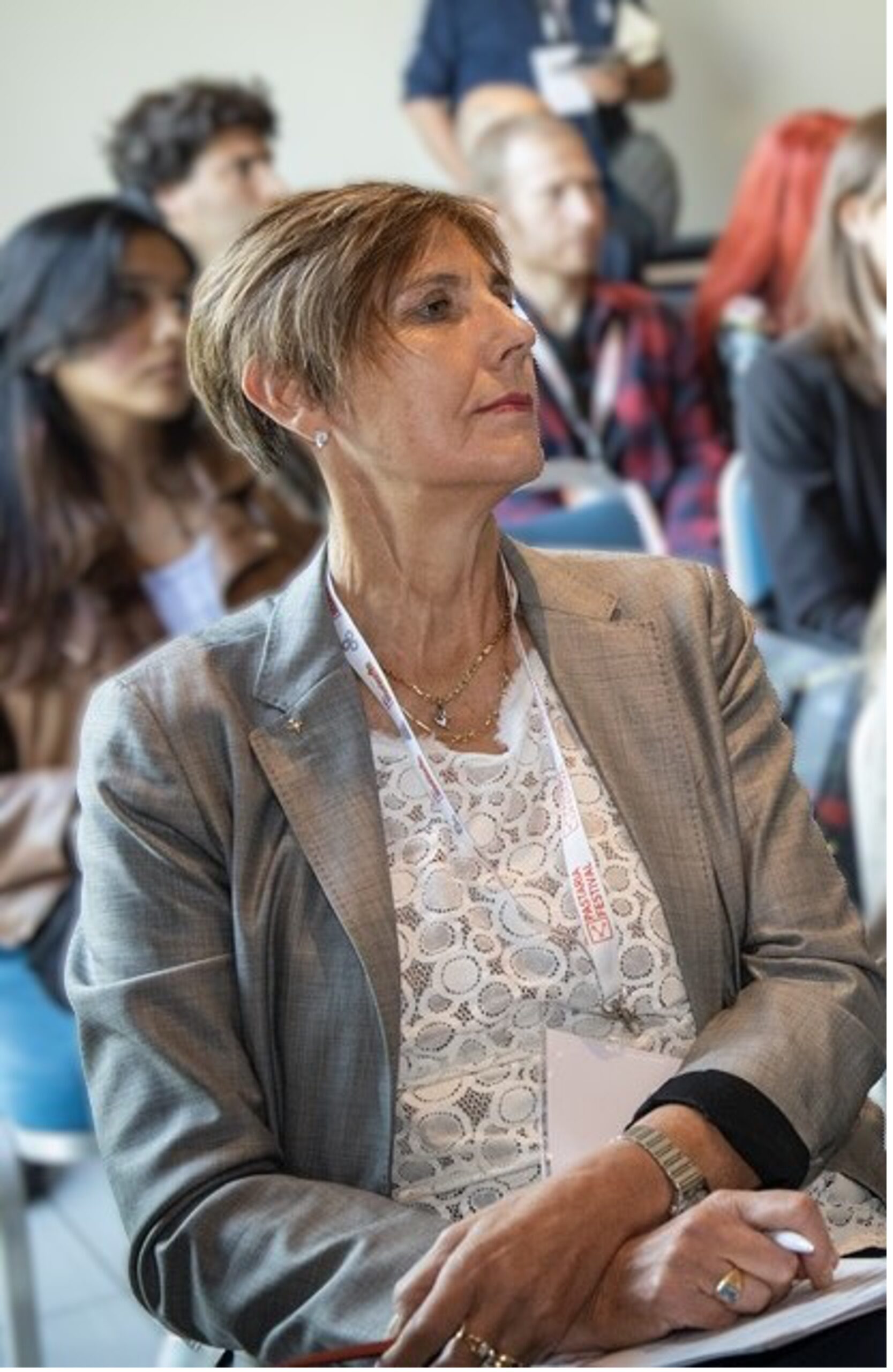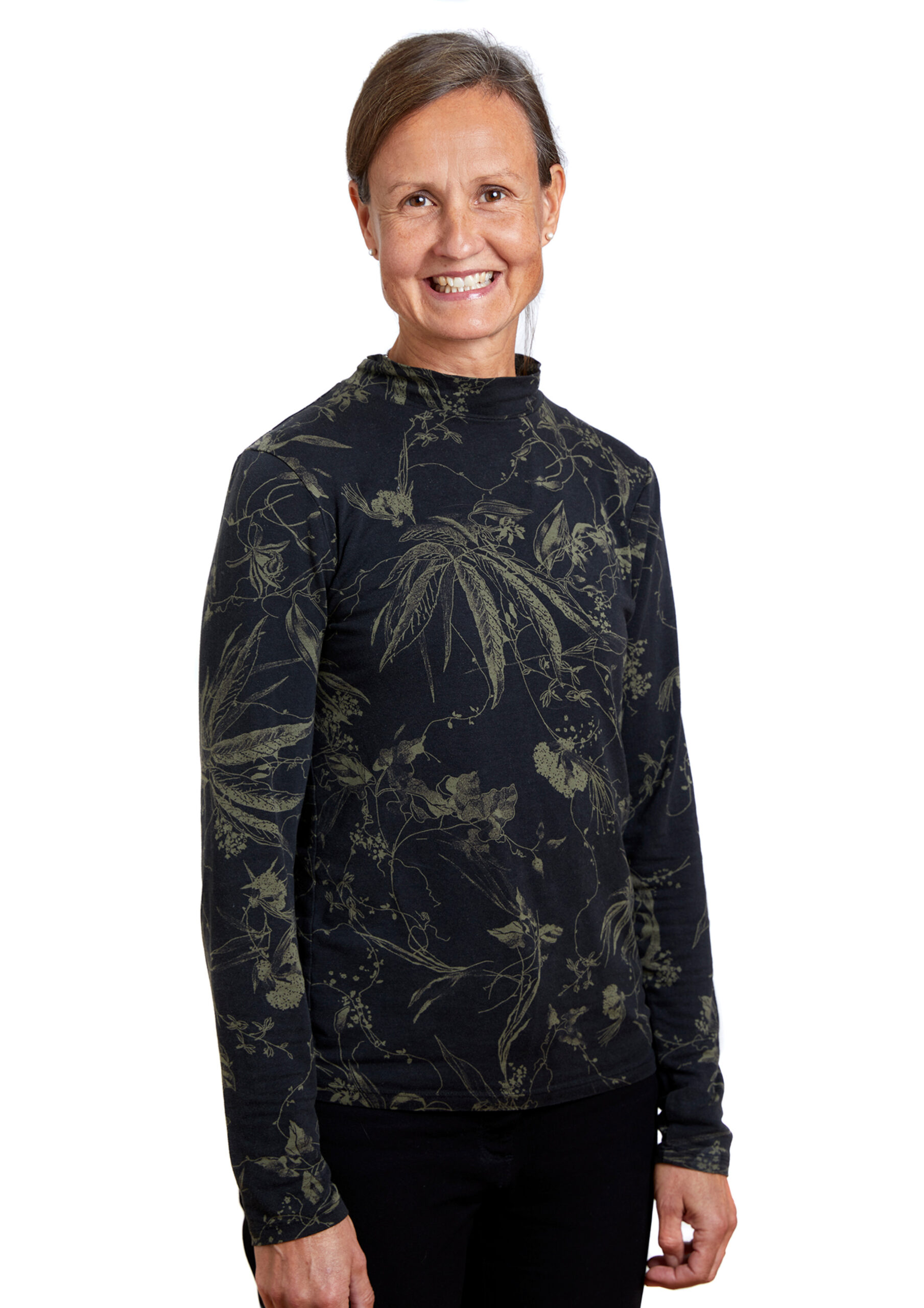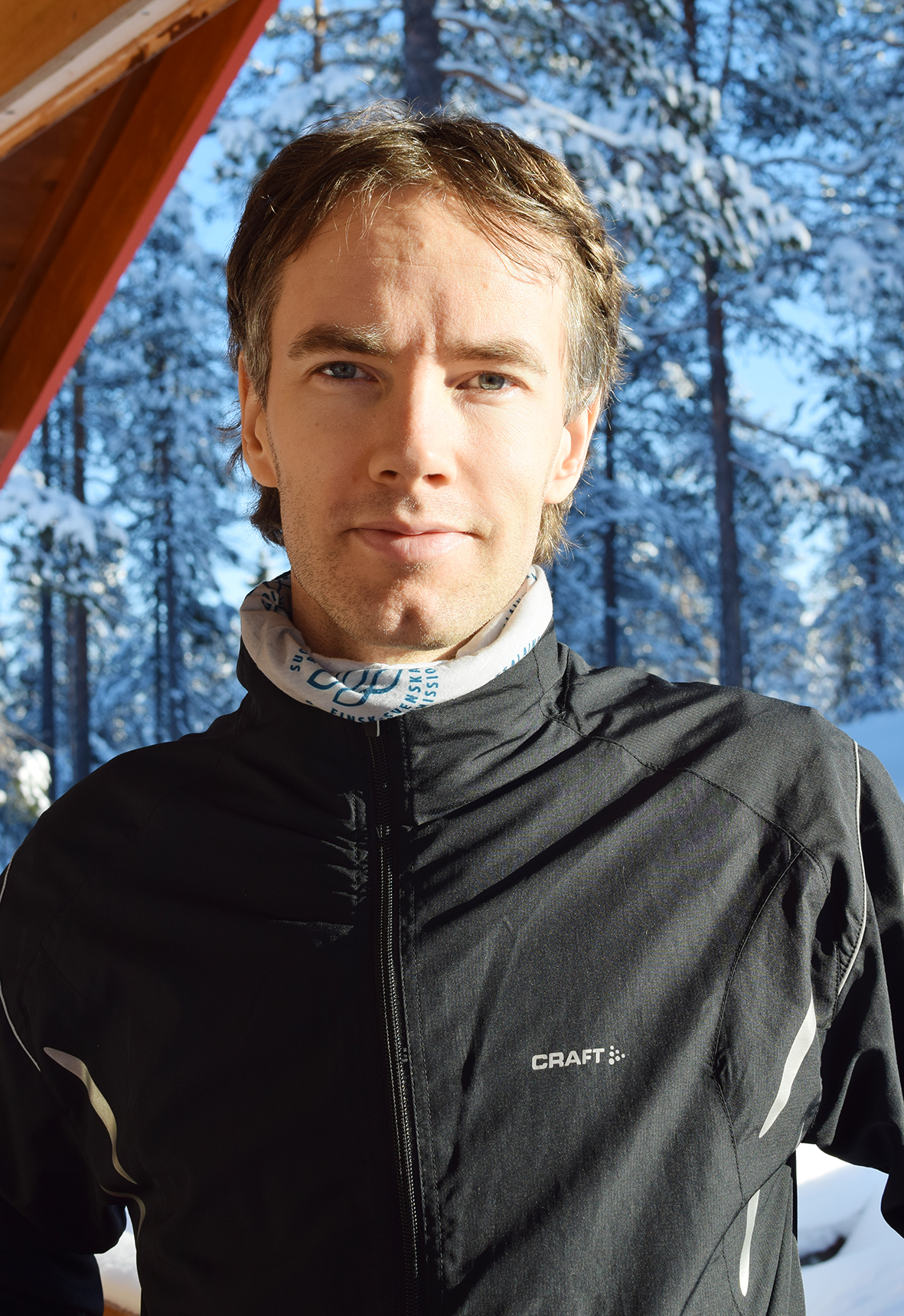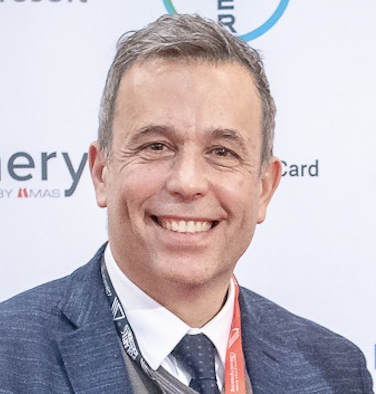TO Tag is the name of the mascot of the forthcoming Games scheduled to take place in six Piedmontese municipalities (Torino, Bardonecchia, Pragelato, Torre Pellice, Pinerolo, Sestriere) with 11 sports planned and the first time for student athletes with disabilities (in alpine and cross-country skiing). The expression tag was, and still is, used in English jargon to indicate the game ‘take me’ among young people, a game that is all about agility running, movement and wellbeing, but also and above all about the will to never leave each other and to stay together in a path of social inclusion among young people. In parallel, the tag is a now iconic expression of the social network and recalls the will to include someone within one’s own discourse and world.
TO Tag, a name that unites the real and digital worlds and in doing so invokes the action of being together with the proposition TO, which at the same time is also the acronym of its place of birth: TORINO, the permanent home of the brazier of the Universiade and the Flame of Knowledge. In full connection with the city of Torino, which is the aerospace and technology hub and the Olympiad of the university sports world, the past and the future meet in the flame of knowledge. It is precisely from the flame of knowledge that TO Tag draws its strength to evoke universal values and knowledge.
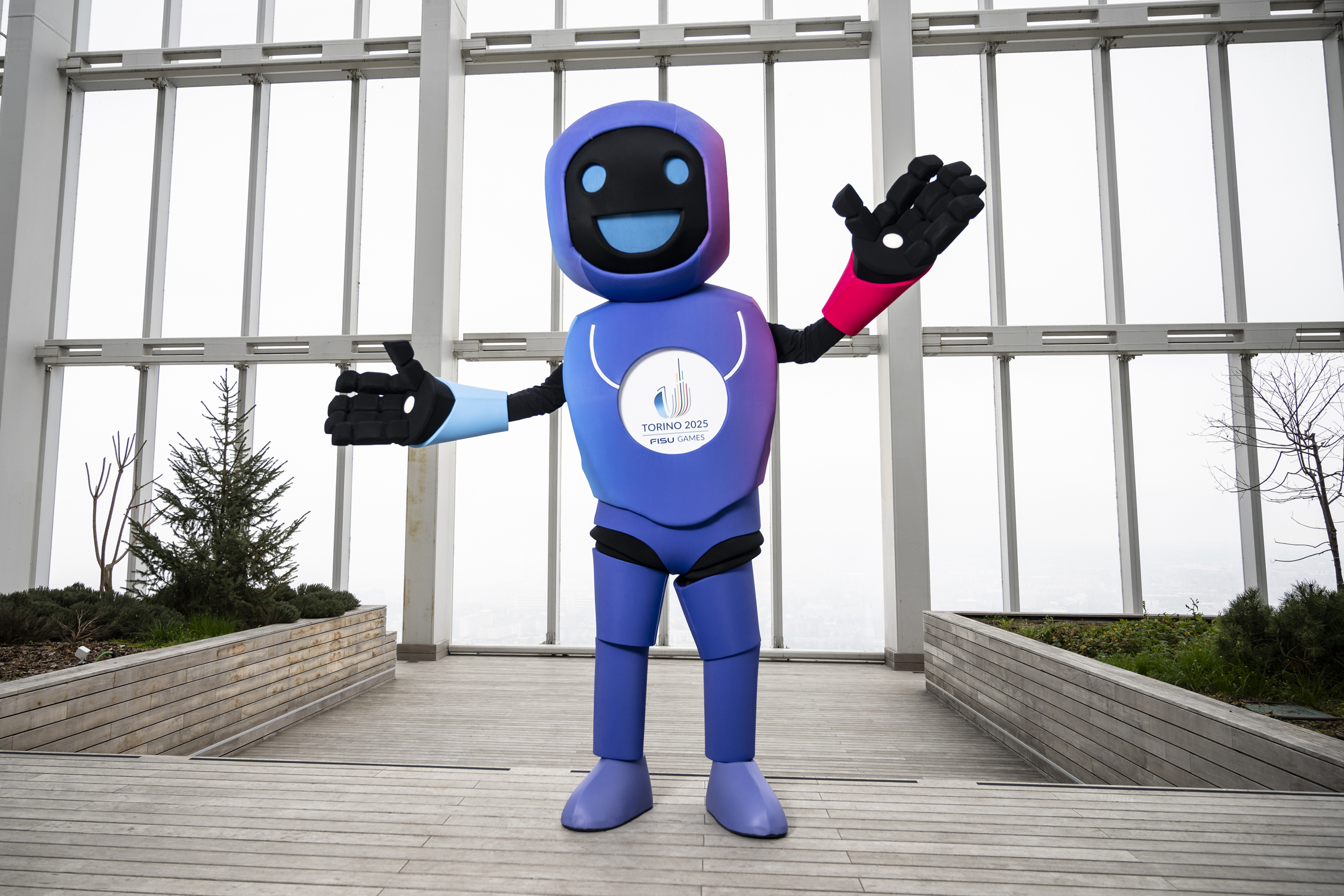
The appearance is inspired by the world of gaming and animation graphics. TO Tag does not have a specific body shape nor a highlighted or emphasised gender affiliation, the musculature recalls sporting activity and the arm legs emphasise the interaction with winter sport, the colours echo the chromatic mood of the event and the gradient style typical of social networks.
1,000 expressions and then another 100: in its digital version, the face of TO Tag is composed of pixels that allow an infinite variety of expressions and universal interactions through emoji, which are a universal linguistic phenomenon born in Japan in the 1990s and introduced by the Americans through unicode. Today they are borderless and bind all kinds of ethnicities, nationalities and continents in a universally understood language without the need for words. The power of TO Tag’s communication lies above all in the universality of the images that fused with the speed of text become a medium, a message. At the same time, its symbols do not only refer to communication linked to private chats but to a real way of experiencing communication in the contemporary world without barriers.
Who are Fulgors?




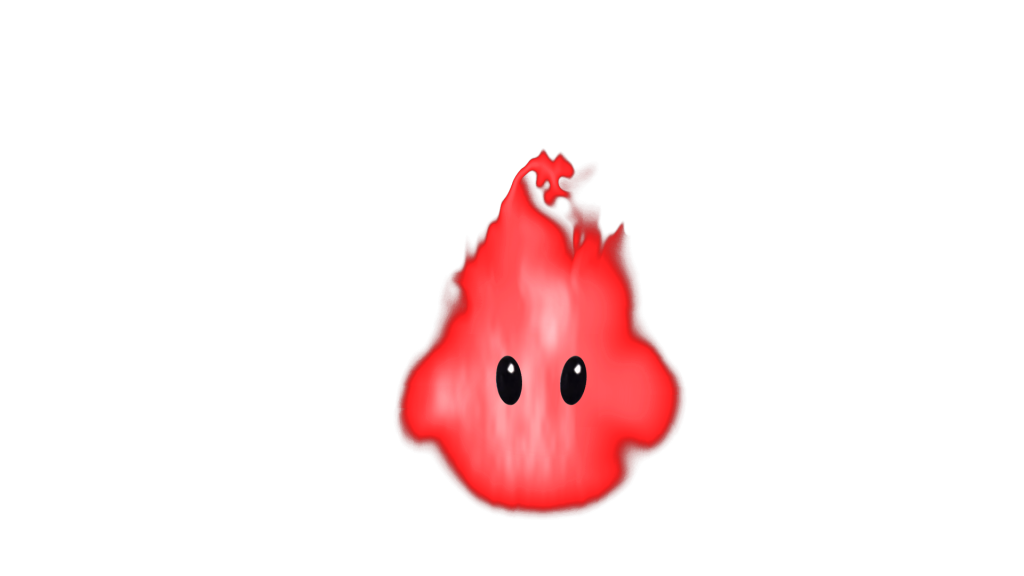
They are small flames with two black eyes without facial expression because what counts in fulgor is its content, the value it represents. For if TO Tag is the expression of youth, strength and health, fulgurs are knowledge and the embodiment of the flame of knowledge. And just like the flame, with its constantly moving and changing nature, Fulgors adapt and shape themselves according to the context in which they are evoked.
In what is now called the civilisation of images, where every day a human being sees around 400,000 images, colour takes on central importance in the communication of a concept. This is why the fulgurs will be multiple and each one will have a colour representative of its message: Solidarity, unity, peace and the call for sustainability will always be accompanied by a fulgor, whose colour will be the apostrophe linking the flame to the sharing of knowledge.
